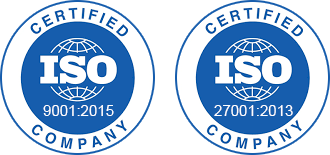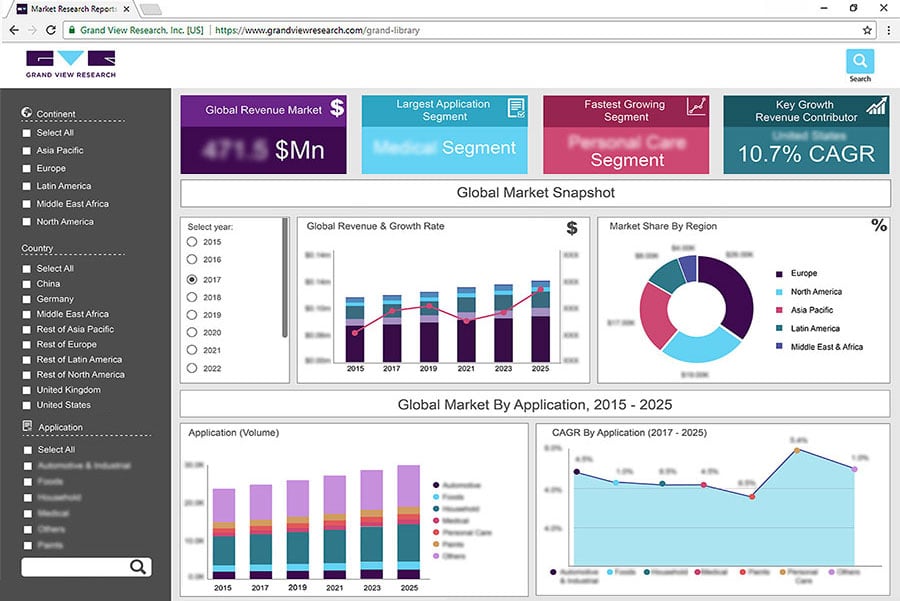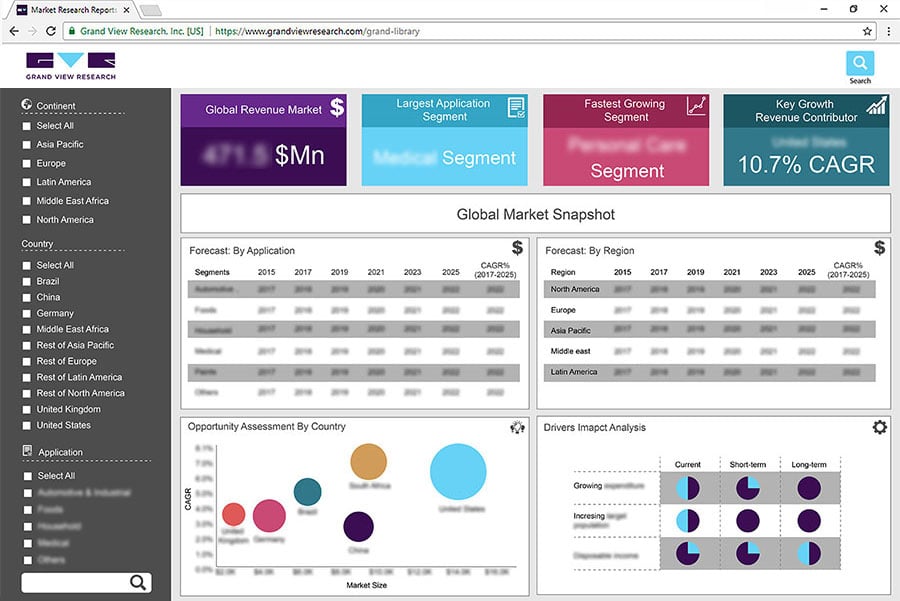The global clinical diagnostics market is anticipated to witness growth over the forecast period, driven by the development of sophisticated and specialized tests for early disease detection and disease management and increasing demand for lab automation. The rapidly rising use of point of care diagnostic products has introduced a decentralization trend in the healthcare industry. Patients and healthcare facilities in an attempt to encourage early diagnosis, cater to medical facilities remotely and curb costs are now decentralizing their facilities. A wide array of clinical tests facilitate healthcare specialists the ability to detect disease progression which also include blood and urine test ranging from simple to complex, molecular expression genetic analysis, and various medical chemistry panels. Other key factors driving the market are the growing rate of chronic diseases such as diabetes, heart failure, and colon cancer, increasing demand for personalized medicine expanding geriatric population base, and growing patient awareness towards disease diagnosis.
The global laboratory test market is expected to grow at a lucrative rate through the forecast period. Diagnostics market is segmented into the clinical laboratory testing market and point-of-care testing. There are more than 4,000 different diagnostic tests available today and have been divided into lipid panel, complete blood count, HbA1c tests, HGB/HCT, BUN creatinine, liver panel, electrolytes testing, basic and comprehensive metabolic and renal panel tests. Lipid panel test is anticipated to be the fasted growing segment due to the high prevalence of obesity and cholesterol-related disease. Point of care diagnostics market is expected to show a significant growth rate during the forecast period owing to the growing geriatric population base, the ability of point of care diagnostic tests to render immediate results and hence improved patient care and rising market penetration of PACS (picture archiving and communication systems) and EMR (electronic medical records). For instance, the Troponin test is used to diagnose heart attacks in the emergency room which measures the level of troponin, a protein that distresses cardiac cells secretion into the patient’s bloodstream.
The global clinical diagnostic market is segmented into four major regions namely North America, Europe, Asia Pacific, Latin America, and MEA. North America held the largest market share in terms of revenue owing to increasing geriatric population base, rising patient awareness toward the value of laboratory tests, availability of cost-effective diagnostic tests related to chronic diseases such as AIDS and hepatitis C. Growing demand for the healthcare services in emerging markets and the presence of high unmet clinical testing needs have resulted in the development of lucrative opportunities for growth of laboratory testing market in emerging economies such as China and India.
Key participants operating in the clinical diagnostics market are Siemens Healthcare, Sonic Healthcare Ltd, Charles River Laboratories, Quest Diagnostics Inc., Bioscientia Healthcare, Bio-Reference Laboratories, ARUP Laboratories, Abbott Laboratories, Labco S.A., Healthscope Limited., and Laboratory Corporation of America Holdings (Labcorp), Qiagen, Genoptix Medical Laboratory, Genzyme Corporation, and Clarient Inc.





